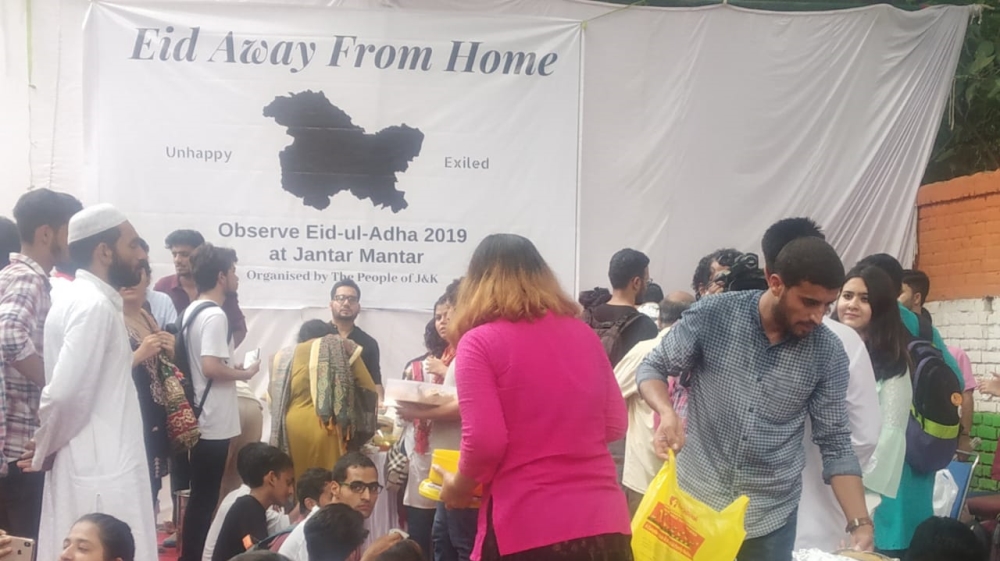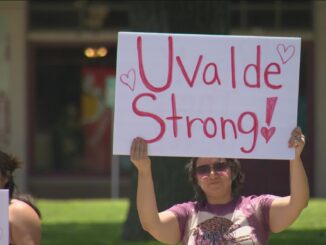
Kashmir is a geographical area in the northernmost portion of the Indian subcontinent split between the borders of India and Pakistan. Earlier this week, on Monday, Aug. 5, 2019, the Indian government locked down its own portion of Kashmir.
The move by the Indian government, according to Home Minister Amit Shah, came as a direct consequence to the country’s president blocking the long-running Article 370 of its constitution.
Home Minister Shah first proposed a bill in one-half of India’s parliament, the Rajya Sabha – one could roughly compare the Rajya Sabha and the Lok Sabha to the two chambers of the United States Congress, the House of Representatives and the Senate – that set out to formally separate Jammu and Kashmir from the territory of Ladakh. Shah’s proposition ultimately passed both the Rajya Sabha and the Lok Sabha, effectively enacting the bill into law.
Article 370 of the Constitution of India existed for roughly seven decades. Shah’s proposition took Article 370 out of circulation, taking away the special status of Jammu and Kashmir – Jammu and Kashmir is a singular region, not two separate regions, for clarity’s sake – to act autonomously in terms of its in-house administrative proceedings, as well as allowing the region of Jammu and Kashmir to create and keep its own constitution that was separate of the Indian Constitution.
Other rights that the citizens of Jammu and Kashmir once had included being able to purchase land – citizens living in any other portion of India were not, in fact, allowed to purchase land in Jammu and Kashmir – settle down for good in the region, work for Jammu and Kashmir’s local government agencies, or be awarded scholarships to pay for schooling.
Politicians, Indian political science experts, and other critics of Home Minister Amit Shah’s decision to revoke the region’s autonomy feel that the Indian government carried out such an overhaul because its members plan on ultimately bringing significant change to the demographics of Jammu and Kashmir, which is currently populated by a majority of Muslims. In time, critics purport, the Indian government wants to bring in tons of Hindu residents to the formerly-autonomous region of Jammu and Kashmir.
In order to get ready for Eid al-Adha, which signifies the end of Ramadan, local authorities in the region eased the extent to which Indian troops were controlling the area today, Saturday, Aug. 10, 2019. Although the troops maintained their presence, the rolling 24-hour curfew placed on the region of Jammu and Kashmir was temporarily lifted. Unfortunately for the area’s residents, Internet access, telephone call transmission, and other forms of communication remained closed.














Leave a Reply
Be the First to Comment!
You must be logged in to post a comment.
You must be logged in to post a comment.